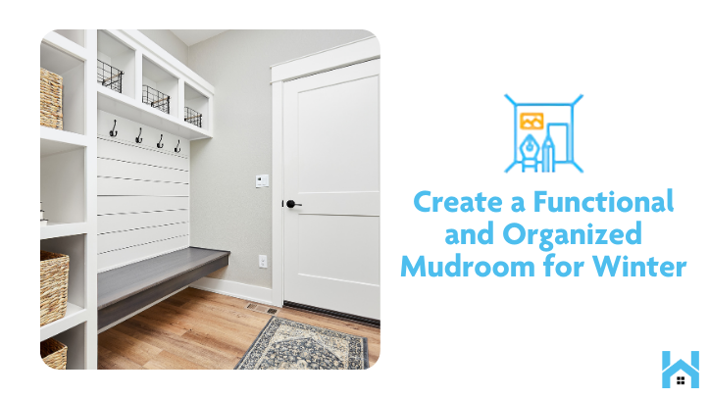To set the ideal mood in your home, light control plays a pivotal role. Choosing the right blinds can change a room, affecting everything from mood to functionality.
This blog explores the significant effects of natural light on a room, compares various types of blinds and their materials, and highlights key factors to consider when selecting the ideal window treatments.
Whether you’re looking to enhance privacy or maximize sunlight, this information will help you make informed choices that align with your lifestyle and budget.
The Importance of Light Control in Choosing Blinds
.jpg_00.jpeg)
When selecting blinds for your home or office, light control is essential as it directly influences ambiance, energy efficiency, and privacy.
Choosing the right window coverings can greatly change how a room looks and works, enhancing both functionality and aesthetics. It is important to know how different choices like blackout blinds, sheer shades, and light filtering options can help you get the look and function you want.
By thinking about your window design and how light affects your area, you can make a space that looks good, feels comfortable, and saves energy.
Effects of Natural Light on a Space
.jpg_01.jpeg)
Natural light significantly affects the ambiance and functionality of a space, influencing everything from mood to energy consumption. The correct amount of light can improve visual comfort, cut down on glare, and help save energy by lowering the need for artificial lighting during the day.
By understanding how light changes during the day and different seasons, you can use window treatments to improve your room by considering seasonal changes and managing the amount of light.
Incorporating various types of blinds can strategically manage daylight, thus transforming the overall feel of a room. For instance, sheer fabric blinds allow soft light to filter in while reducing harsh glare, creating a warm and inviting atmosphere.
Alternatively, blackout shades are ideal for spaces needing total darkness for activities like sleeping or watching movies.
To maximize energy savings, consider motorized options that adjust automatically throughout the day, depending on sun exposure. This practical method improves visual comfort and helps create a more eco-friendly living area by reducing the need for artificial lighting.
Types of Blinds for Light Control
.jpg_10.jpeg)
There is a large variety of blinds that help manage light in homes and businesses, each with its own advantages and style.
From blackout blinds that provide complete room darkening to sheer shades that filter light while maintaining visibility, choosing the right type of window treatment can significantly impact both the functionality, UV protection, and style of your space.
Options like Venetian blinds, roller shades, and cellular shades meet different needs for saving energy and privacy, so it is important to look at all choices.
Comparison of Different Blind Materials
.jpg_11.jpeg)
The materials used in blinds affect how long they last, how much upkeep they need, their cost, and how they look. Options such as wood blinds offer natural beauty and insulating properties, while faux wood blinds provide a low-maintenance alternative with similar visual characteristics. Fabric options for shades and blinds can vary greatly, influencing both the texture and functionality while catering to different budgets and personal preferences.
When considering wood blinds, they are often celebrated for their elegance but can be susceptible to warping in humid environments, making their maintenance slightly higher.
In contrast, faux wood blinds are remarkably durable and resistant to moisture, making them an excellent choice for kitchens and bathrooms, but they may lack the genuine warmth of real wood.
On the other hand, fabric blinds offer a wide range of colors and patterns, allowing for significant personalization in décor. Their lighter weight can facilitate easier operation, yet they typically require more frequent cleaning to maintain their appearance.
Knowing these differences helps you choose the blind material that fits your lifestyle and budget best, considering cost and brand options.
Factors to Consider When Choosing Blinds
Selecting the right blinds involves several key factors, including the function of the room, the amount of sun exposure, and individual preferences regarding style and budget.
Whether it's a living room needing privacy and less glare, or a bedroom that requires managing light, knowing these factors, such as room size and shape, will help you decide.
Proper measurement and easy installation will help your window design work smoothly.
Room Function and Sun Exposure
The specific function of a room significantly impacts the type of blinds you should choose, particularly concerning how much sun exposure it receives. For example, a home office may need blinds to reduce glare and control light, while a bedroom may benefit from blackout blinds for more privacy.
Knowing these needs will help you choose window treatments that match your decor and fulfill the functional needs of each area.
Different rooms have different uses, and these differences matter when choosing the right blinds, considering the tilt mechanism and compatibility with window size.
In a living room, where comfort and atmosphere are important, lighter fabrics that soften sunlight might work better. In kitchens, which are often busy, you may need materials that are easy to clean and take care of.
Consideration of the seasonal sun angle can also guide choices, ensuring that functionality aligns with aesthetic appeal.
Homeowners can make informed decisions about comfort and aesthetics by considering the primary functions of a space and its sunlight exposure.
Personal Preferences and Budget
Personal preferences play a significant role in determining the types of blinds you choose, as they reflect your style and the overall aesthetic appeal of your space. Budget considerations must also be taken into account, balancing cost with the desire for quality and functionality. By looking at various styles and how much care they need, you can make sure your choice of blinds matches your way of life and budget.
When exploring various styles, such as Roman shades, roller blinds, or vertical options, consumers should consider how each type will fit into their existing decor and functional needs.
For example, some might focus on saving energy, while others look for easy cleaning or strong resistance to damage.
It's important to weigh the long-term cost-effectiveness of each option. Choosing blinds with a higher initial price can help save on maintenance and energy bills in the long run. It's important to choose blinds that match personal style and fit budget needs in a practical and environmentally friendly way.




